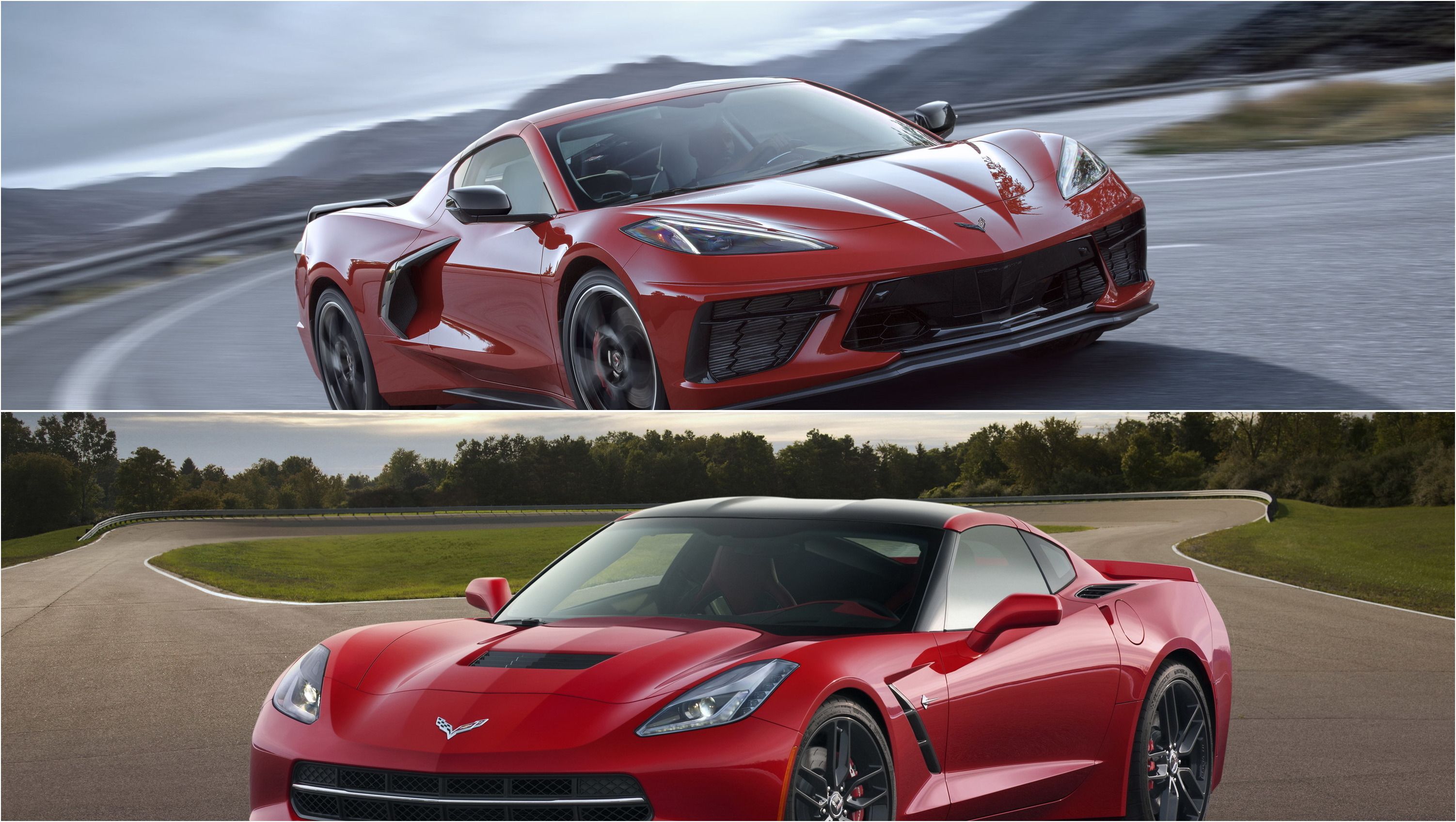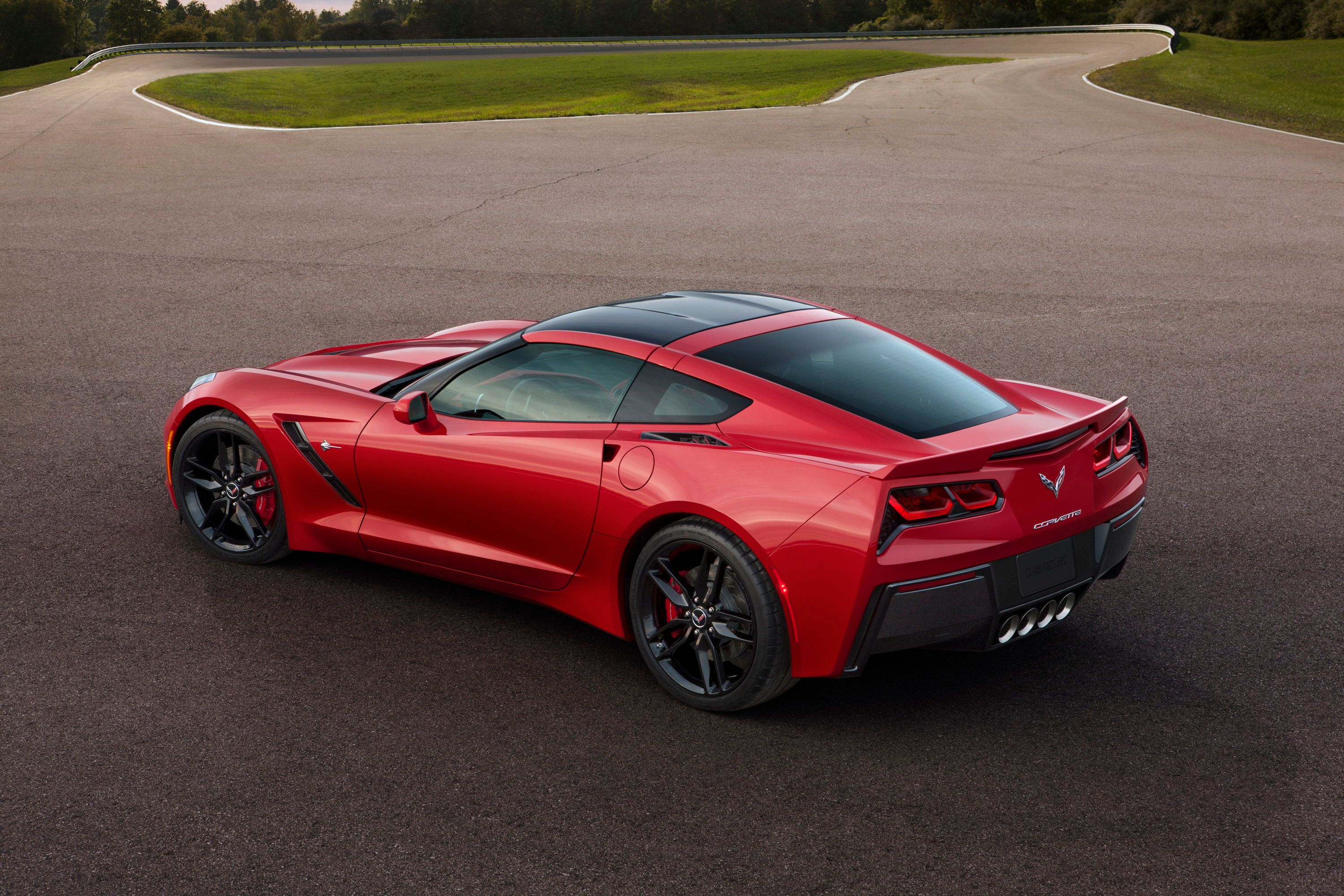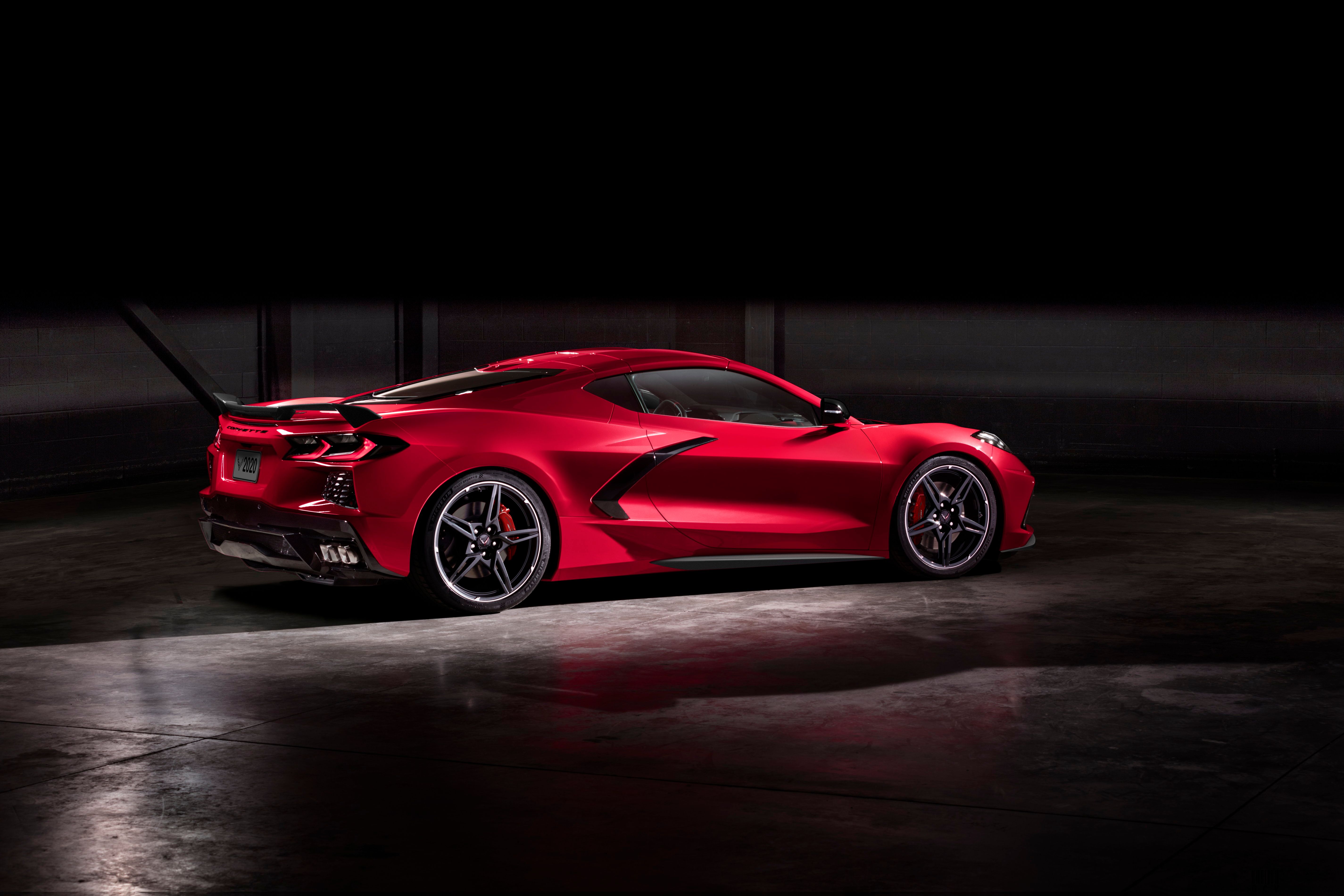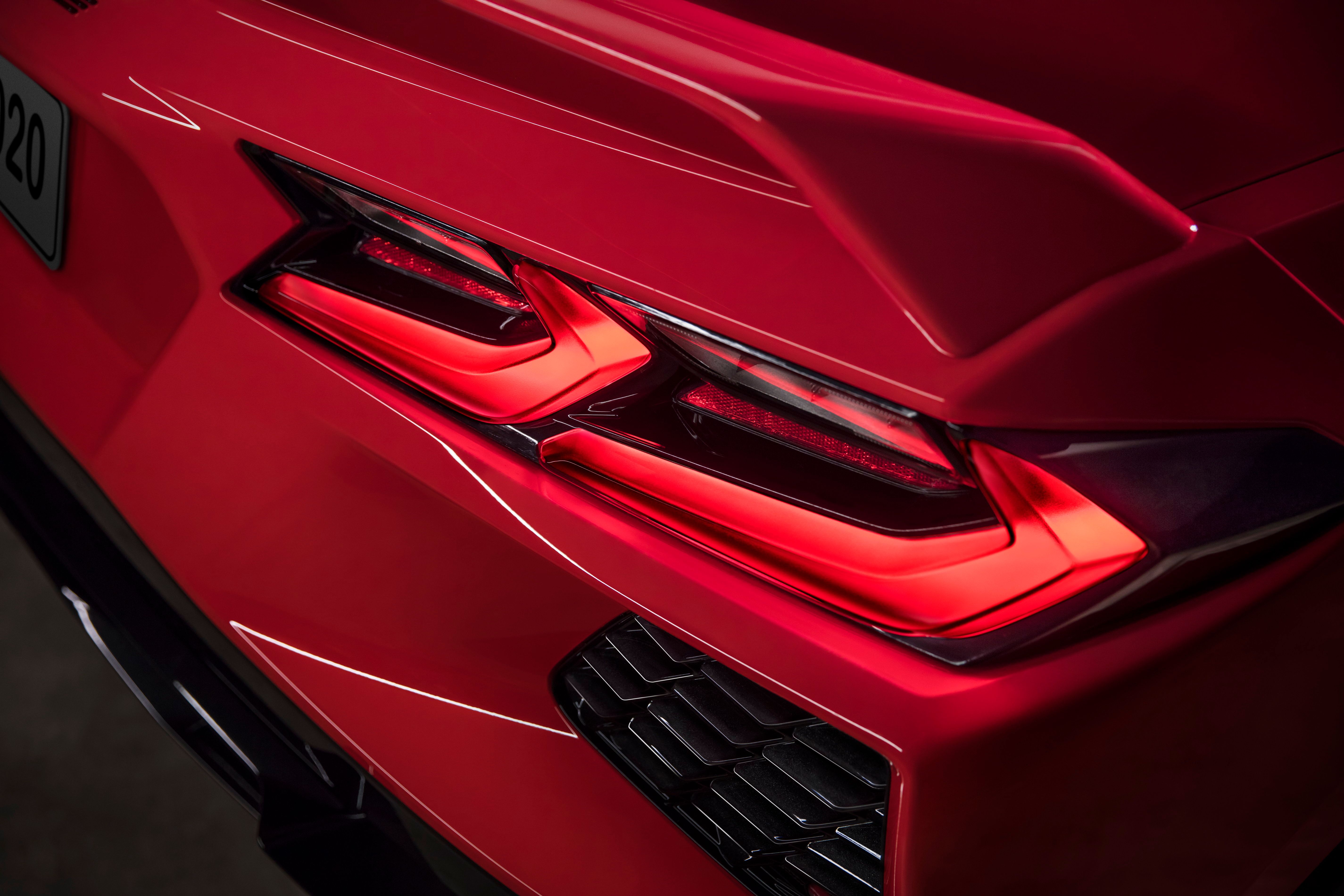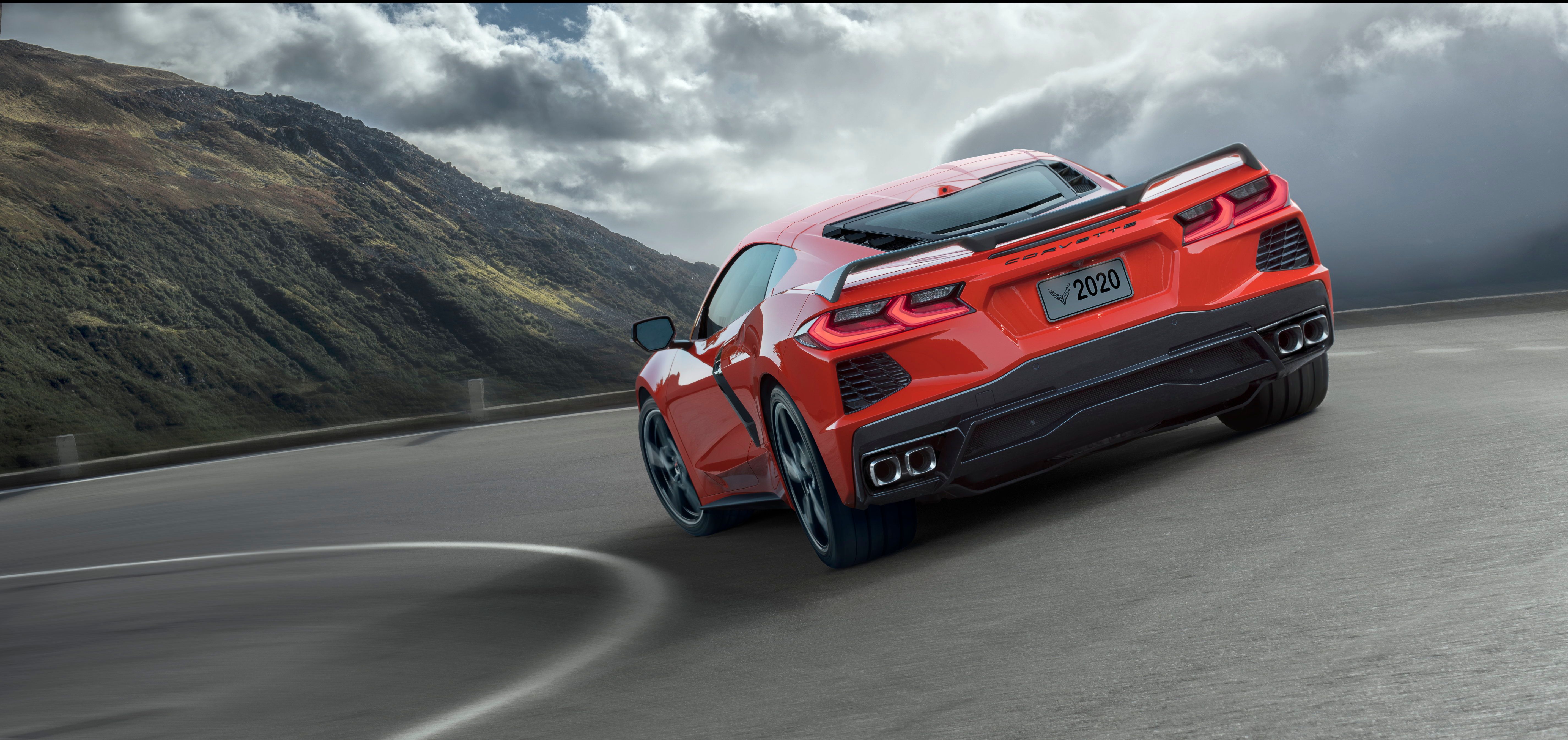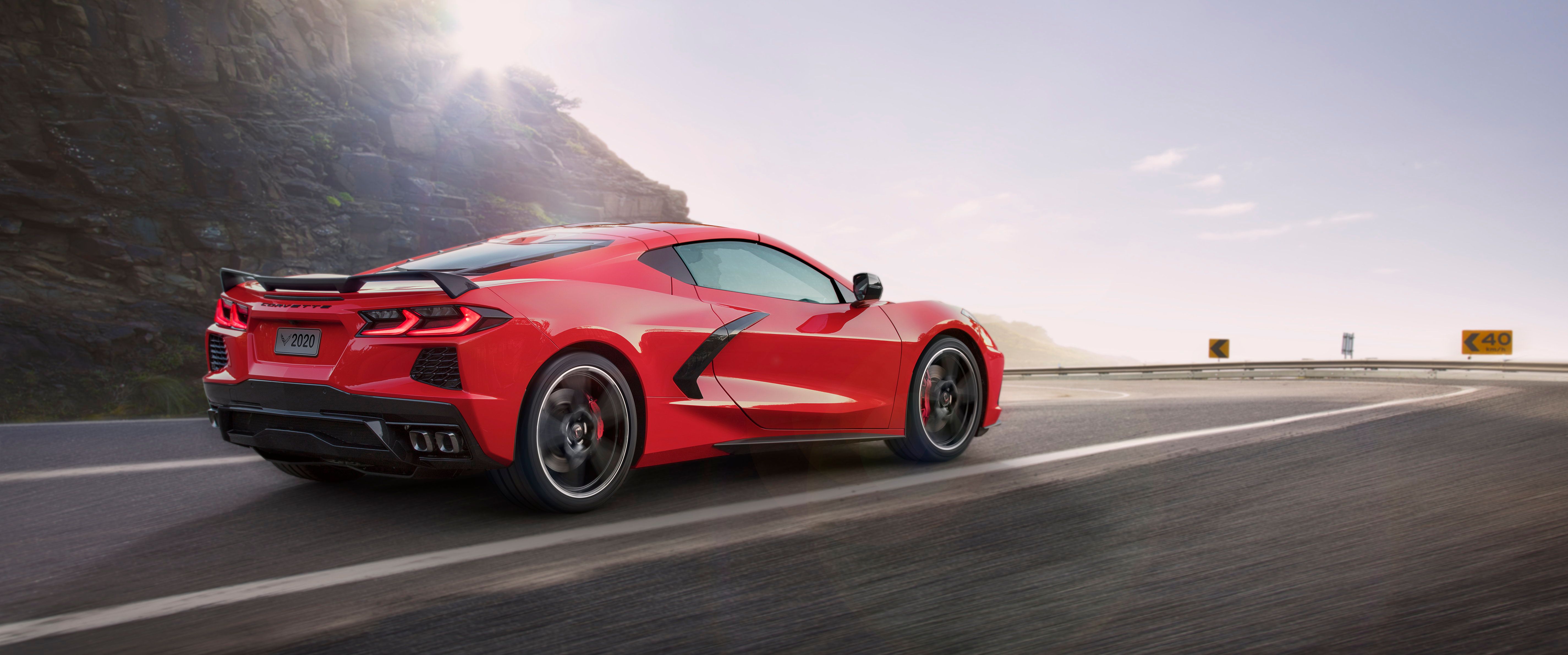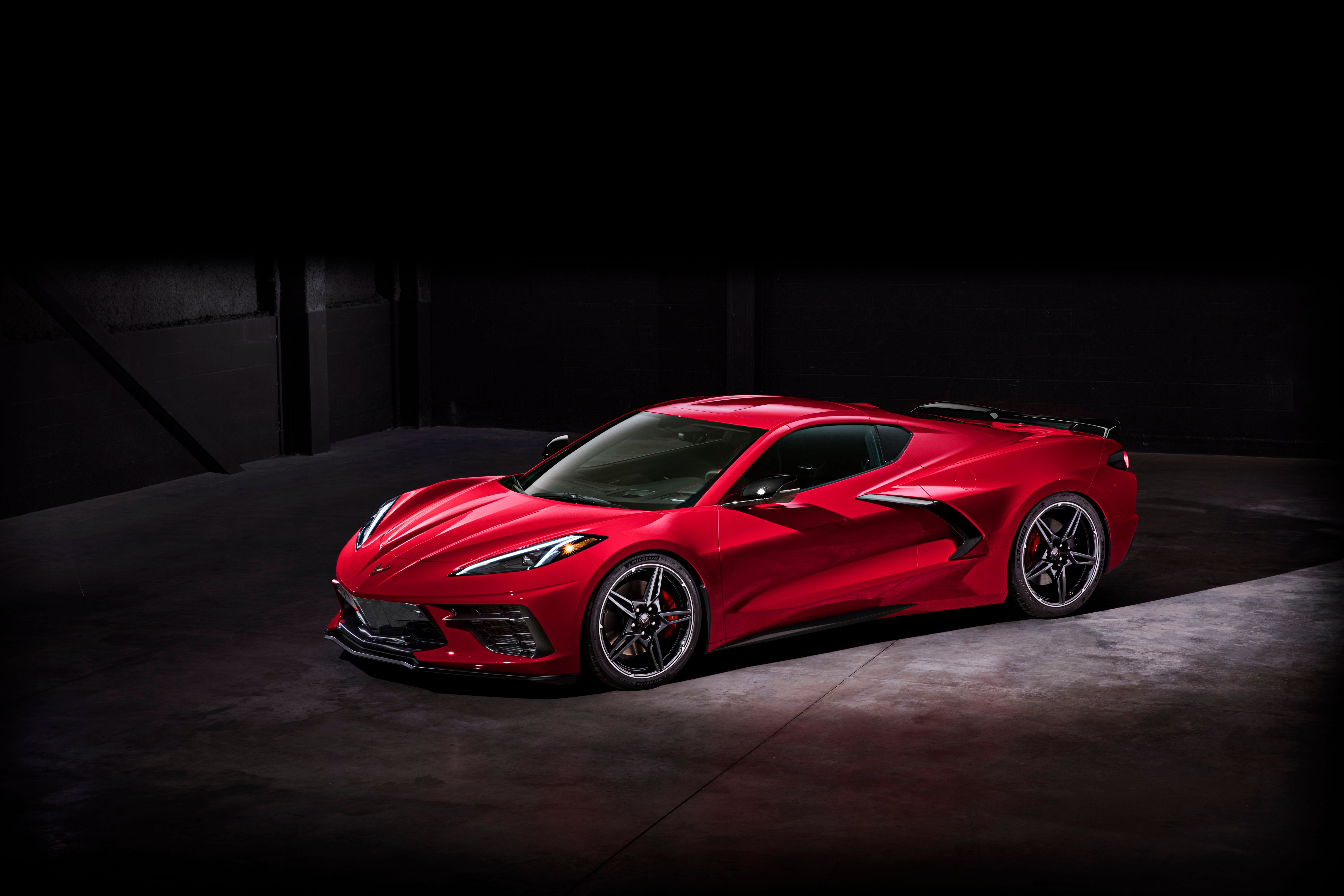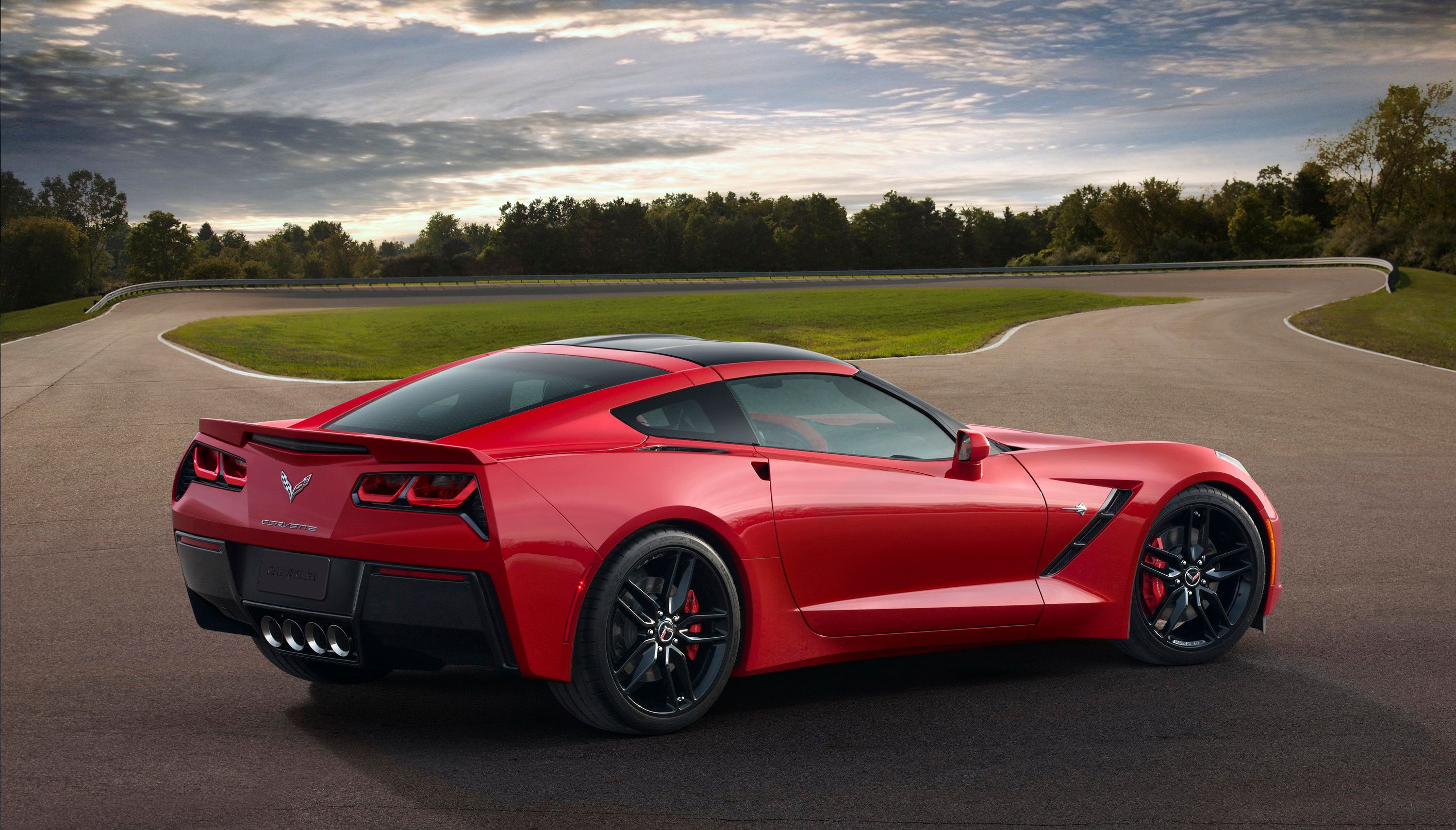The launch of the 2020 Chevy C8 Corvette Stingray is on everybody’s lips these days. It has to be one of the most significant car launches of the year, especially since it’s going to be sold in right-hand drive, and it is ,therefore, most likely also been designed to comply with European legislation (among other places). So, it’s going to be a global sports car with exotic supercar looks at only a fraction of the price - in fact, it’s probably not even going to be that much more expensive than the C7 Stingray it replaces.
You may think that in moving the engine behind the passenger compartment, Chevrolet has essentially rewritten the formula for the Corvette, and you’d be right. However, that’s about the most drastic and revolutionary thing the automaker did, because from a visual standpoint, everything else looks evolutionary. You can certainly immediately tell the C8 looks more modern and more like an imported, mid-engined exotic, yet you can also see the fact that it’s a development of the C7’s styling.
2020 Chevy C8 Corvette vs. 2019 Chevy C7 Corvette Front Appearance
|
|
ids=851175,851176 |
no_overlay=false |
before_label=Chevrolet Corvette C8 |
after_label=Chevrolet Corvette C7> |
If all you saw was the front part of the Corvette C8, the part in front of the front axle, you’d immediately know it was a Corvette, and you’d not know where its engine was located. Chevy designers did a pretty good job to not only evolve the familiar design but in integrating it with the car’s radically new proportions.
Sure, the hood is flatter and it dips quite low in the center, where on the C7 there’s a power bulge to accommodate the engine, but there’s a clear visual link between the two cars. And, it’s not like they’re the same - the aren’t. The C8 has considerably wider headlights than the C7 and their general shape is actually closer to that of the Corvette C6 from two generations ago. The actual design inside the cluster is different, but the outline is definitely similar, and it accentuates the car’s width.
Basically, the C8 and C7 front fascias are fairly similar and they share many familiar styling cues. Granted, the 2020 Stingray is quite a bit wider than the 2019 model (the C8 measures 76.1-inches in width, 2.2-inches wider than the C7), and combined with the lack of the power bulge in between the headlights, there is a distinct whiff of supercar about it that’s lacking when you look at the C7’s front end. For reference, one of the Corvette’s (albeit much more expensive) rivals, the Ferrari 488 GTB, is 0.8 inches wider, so there’s not a lot of difference in width between the two.
2020 Chevy C8 Corvette vs 2019 Chevy C7 Corvette Side Profile
|
|
ids=851181,851182 |
no_overlay=false |
before_label=Chevrolet Corvette C8 |
after_label=Chevrolet Corvette C7> |
It’s definitely from the side where you see the biggest differences between the new and old Corvettes. Firstly, in moving the engine behind the passenger compartment in the 2020 C8 Stingray, Chevrolet has had to push the cabin considerably further forward. You also see just how much lower and pointier the C8’s nose is compared to the C7’s.
The C8 also has a much shorter front end - the A-pillar is much closer to the front axle than in the C7, and this makes it appear more athletic and sporty (more like a sports car than a grand tourer).
If you take a look at the rear part of both cars, you will notice that on the old C7 Corvette, you didn’t see any part of the rear light clusters from the side. The C7’s back appears quite flat when viewed from the side, whereas in the new C8, it is more curved, and you do actually see both of the two LED elements that make up each rear light.
Even so, there are clear similarities between the two cars. For instance, the dramatic side intake that on the C7 was located on the front fender, between the wheel arch and the door, has not only been moved toward the rear on the C8, in order to feed air to the engine that’s now in the middle, but it has also been flipped. It may have gained a gloss black plastic element around it, but it’s almost the same shape as on the C7, and aside from channeling air through it, it also hides the C8’s door handles.
The shape of the side window is also surprisingly similar, although because the C8 is mid-engined, the actual glazed area appears smaller. Both cars have an extra plastic element that continues the shape of the side glass to make it appear as if it’s bigger. On the C7 that bit of plastic trim is matte, while on the C8 it is glossy.
The 2020 C8 Corvette has also grown in length compared to the 2019 Corvette C7. Its wheelbase of 107.2 inches may only be less than an inch longer than the C7’s, but its overall length has been increased by 5.3 inches over the C7, for a grand total of 182.3 inches. That means the C8 is 2.3 inches longer than a Ferrari 488, the car it will undeniably be measured against by journos in the near future. It’s also just a smidgen longer overall compared to the latest Ford GT’s 106.7-inch length.
And in case the C8 appeared slightly lower than the C7, that’s not a visual trick - it genuinely is not as tall as the C7, albeit by just 0.2 inches (it’s 48.6 inches tall, a bit over the Ferrari 488’s 47.8-inch height). The fact that it looks even lower than the numbers suggest has to do with its design, the low nose and aggressive wedge shape that wasn’t as pronounced on the C7.
2020 Chevy C8 Corvette vs 2019 Chevy C7 Corvette Rear Appearance
|
|
ids=851183,851184 |
no_overlay=false |
before_label=Chevrolet Corvette C8 |
after_label=Chevrolet Corvette C7> |
Looking at both cars’ rumps, there’s no getting away from the fact that you can see the C8’s engine through the transparent engine cover. All press photos showing the rear of the C8 are shot from above the car, looking slightly down - this emphasizes the fact that the engine is in the middle and visible. I believe that if you shoot both cars from the same (lower) angle from which the rear sheet of glass just looks like a rear windscreen and the engine is not visible, they look far more similar - in fact, they’re pretty much the same shape and size.
The C8’s daring rear light clusters, dominated by a pair of LED elements that mimic the shape of the side vent each, look like an evolution of the ones on the C7. This is perhaps one of the clearest visual links between rear ends of the two models. Sure, the C7’s lights do look a bit dated and old fashioned compared to the C8’s, but you can’t deny there is a strong similarity - you feel the designers of the new car wanted this to be plainly clear, to make it seem as if it’s an evolutionary change, even if the car is revolutionary by Corvette standards.
Gone are the C7 Stingray’s crazy centrally-mounted quad exhausts. Those were a trademark of the Corvette, first featured on the 1997 - 2004 Corvette C5, carried over to the 2005 - 2013 C6 Corvette and the 2013 - 2019 C7 as well. Why Chevrolet had to move them to their current position is a more ample subject and deserving of its own article, but suffice to say this is a big design change that took place in the transition from C7 to C8.
Chevrolet did retain the vents close to the rear light clusters for the C8, though, even if they are now no longer integrated with the rear light surrounds as they were on the C7. Now they are separate and placed below the lights, but for the keen-eyed, the similarity will be clear. Another similarity is the gloss black element that makes up the rear part of the bumper - its design is different on the two cars, but its overall shape is pretty much the same, most noticeably altered by the placement of the exhausts towards the outer edges of the car.
The double-bubble roof, another trademark of recent Corvettes, is still there on the C8, although it’s somewhat more visible and less subtle than it is on the C7.
2020 Chevy C8 Corvette vs 2019 Chevy C7 Corvette Final Thoughts
Chevrolet clearly wanted to keep the 2020 Corvette C8 Stingray feeling familiar to those who knew the C7 well and had gotten used to the way it looked. It screams Corvette from all angles and it’s quite clear that its designers strived to achieve this effect, even though the car is radically different to its predecessor underneath.
To me it’s actually hard to pinpoint which design elements make this possible - maybe it’s the similar front and rear fascias, but, at the same time, it still looks like a Corvette from the side too. Sure, the greenhouse is a bit strange by Corvette standards, as is the short nose, yet a person with even minimal knowledge of cars would not have a hard time fingering it for what it is.
Chevrolet Corvette C8 vs C7 exterior dimensions
|
Wheelbase(in. / mm): |
107.2 / 2722 |
106.7 / 2710 |
|
|---|---|---|---|
|
Overall Length(in. / mm): |
182.3/ 4630 |
176.9 / 4493 |
|
|
Overall Width(in. / mm): |
76.1 / 1934 |
73.9 / 1877 |
|
|
Overall Height(in. / mm): |
48.6 / 1234 |
48.8 / 1240 |
|
|
Track (in. mm): |
(front) 64.9 / 1648(rear) 62.4 / 1586 |
(front) 63 / 1600(rear) 61.7 / 1567 |
|
|
Length:wheelbase ratio |
1.7 |
1.66 |
|
|
Kerb weight |
1527 kg / 3366 lb |
1496 kg / 3298 lb |
Further reading
Wait, the All-New 2020 Chevrolet Corvette C8 is Priced How Much?!
Read all about the mid-engined Corvette concepts that never made it to production!
Read our speculative review of the 2020 Chevrolet Corvette Zora ZR1
Read our full review of the 2019 Chevy Corvette ZR1
Check out our full review of the 2014-2019 Chevy C7 Corvette

